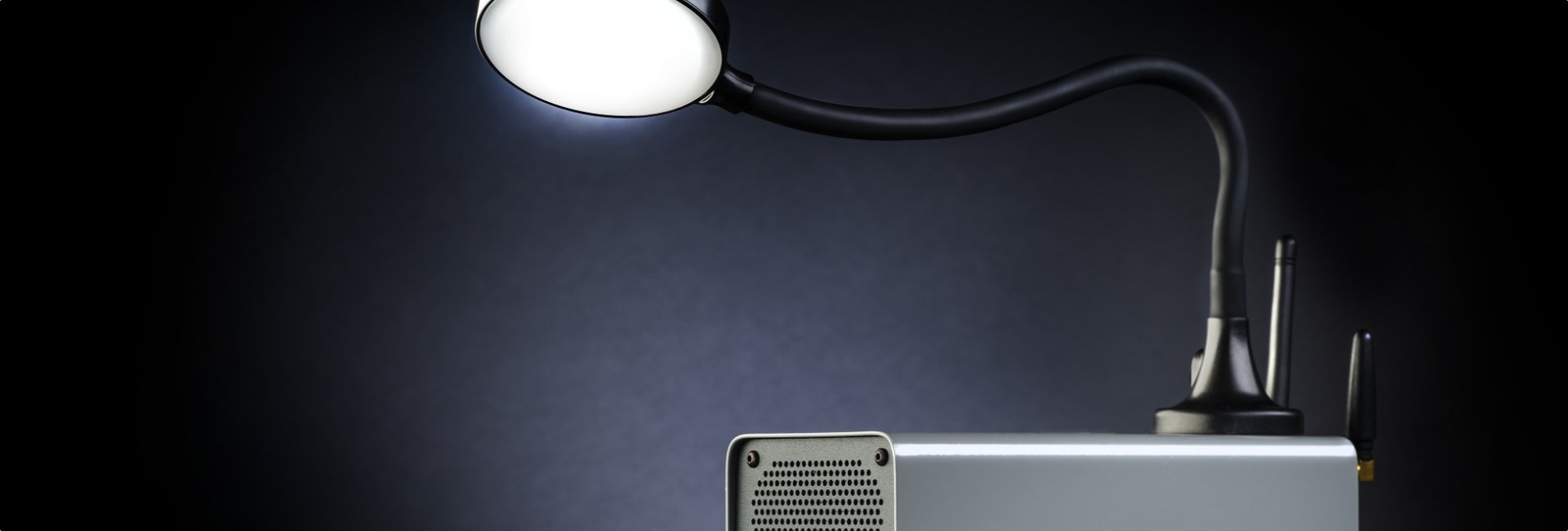In-store brand activation concentrates on a specific event, campaign, or interaction with the audience, designed in order to generate a better connection between the brand and the customer. It is also used for generating brand awareness. In-store brand activation is usually an interactive and isolated experience, that helps you to promote your brand and helps the customer to connect with it.
Types Of Brand Activation
The most common ways to use brand activation are through in-store samplings, experiential events, or on-site activation.
In-store samplings is a simple and common marketing strategy, that literally places your product into the hands of a shopper. The purpose is to convert the shopper into a consumer and eventually into a customer. Sampling strategies are most common in the food and drinks industries.
People need to interact with different products and brands, and experiential events are one of the greatest things to use for that. Through an experiential event, people can try the product and receive details about it in real-time. This marketing strategy concentrates heavily on reaching the people’s emotions and senses in order to make them remember the brand. Touching and testing the products in an in-store setting can leave a long-lasting impression on your audience.
A strong connection between you and your customers is necessary, especially in-store. On-site activation can help you achieve that. On-site activation refers to hosting events in-store, where they can enjoy some food, beverages, and social interaction, all while trying out your products.
Why Is It Important?
Activating your brand in-store can help your brand become trustworthy. When a new brand is launched, people tend to overlook it, until they know for sure that the brand is reliable and they begin to accept it. Human interaction is a very important component of brand activation, and when people see something they can relate to, they tend to form a connection.
There are many ways to advertise your business, but activating your brand, especially in-store, is closely related to the human side of things: it shows your audience the people behind the project, listens to their feedback, surprises them in a pleasant way, and offers them respect.
Examples Of Successful Brand Activation Campaigns
An in-store activation doesn’t necessarily mean touching a product but actually using it. The first example of a successful brand activation concentrates on IKEA: they opened a DIY (do it yourself) pop-up restaurant where anybody can become a chef. A brand needs to bring something new to the table in order to ensure that its customers check its products.
The second example is related to having a break. And a KitKat, as that’s their slogan. And they used their “having a break” slogan with a “No Wi-Fi zone”, where people could just sit and talk face to face. Associating the brand with a specific moment could make you try their products. And here, they made their bet on the connection.
The anti-gravity printer, released by HP, is another example of successful brand activation. Even though the participants didn’t interact directly with the product, it could be considered as a new experience. A few people jumped on a plane with low gravity, while a professional photographer took care of the pictures, which were later sent to the participants.


